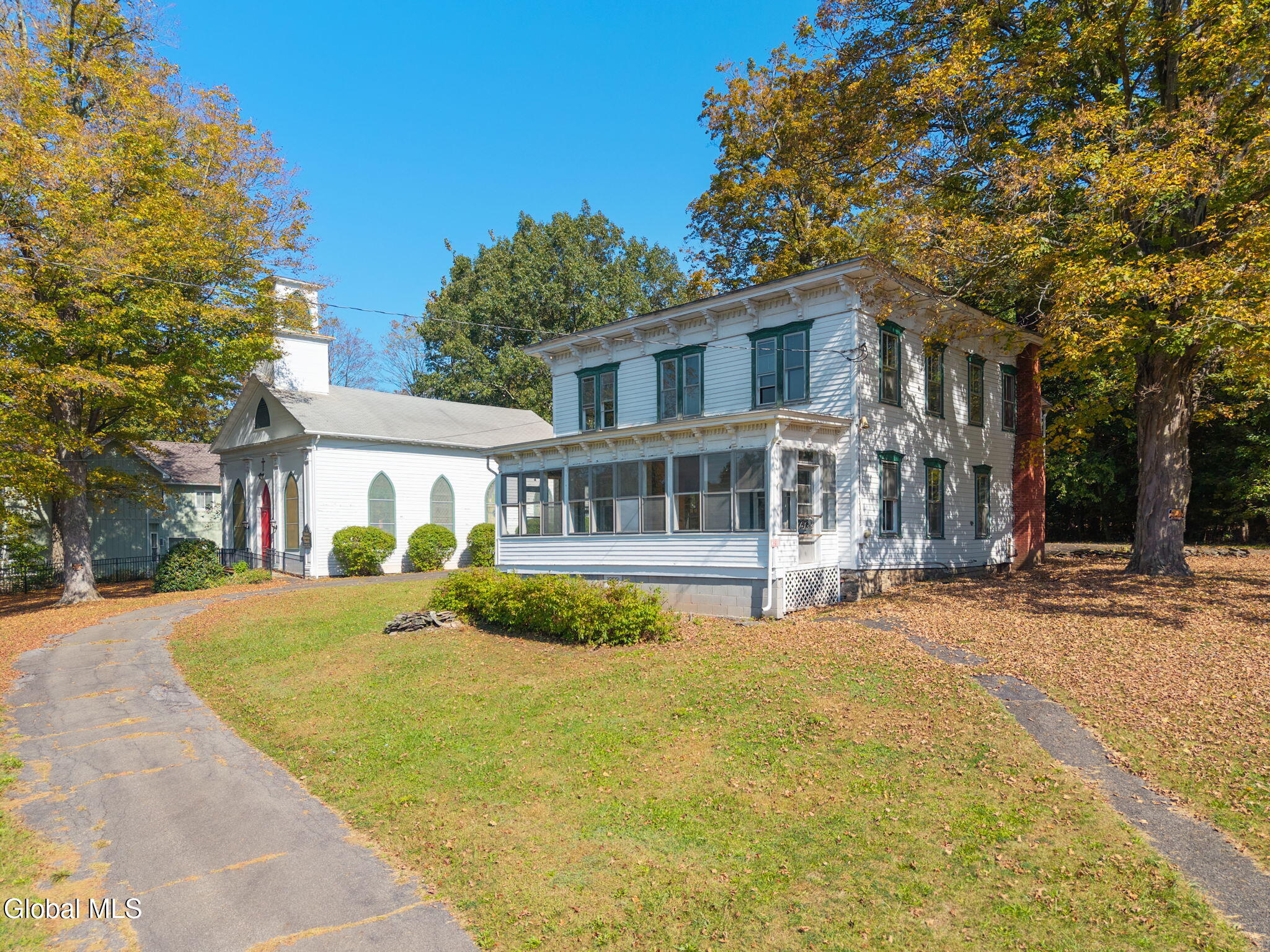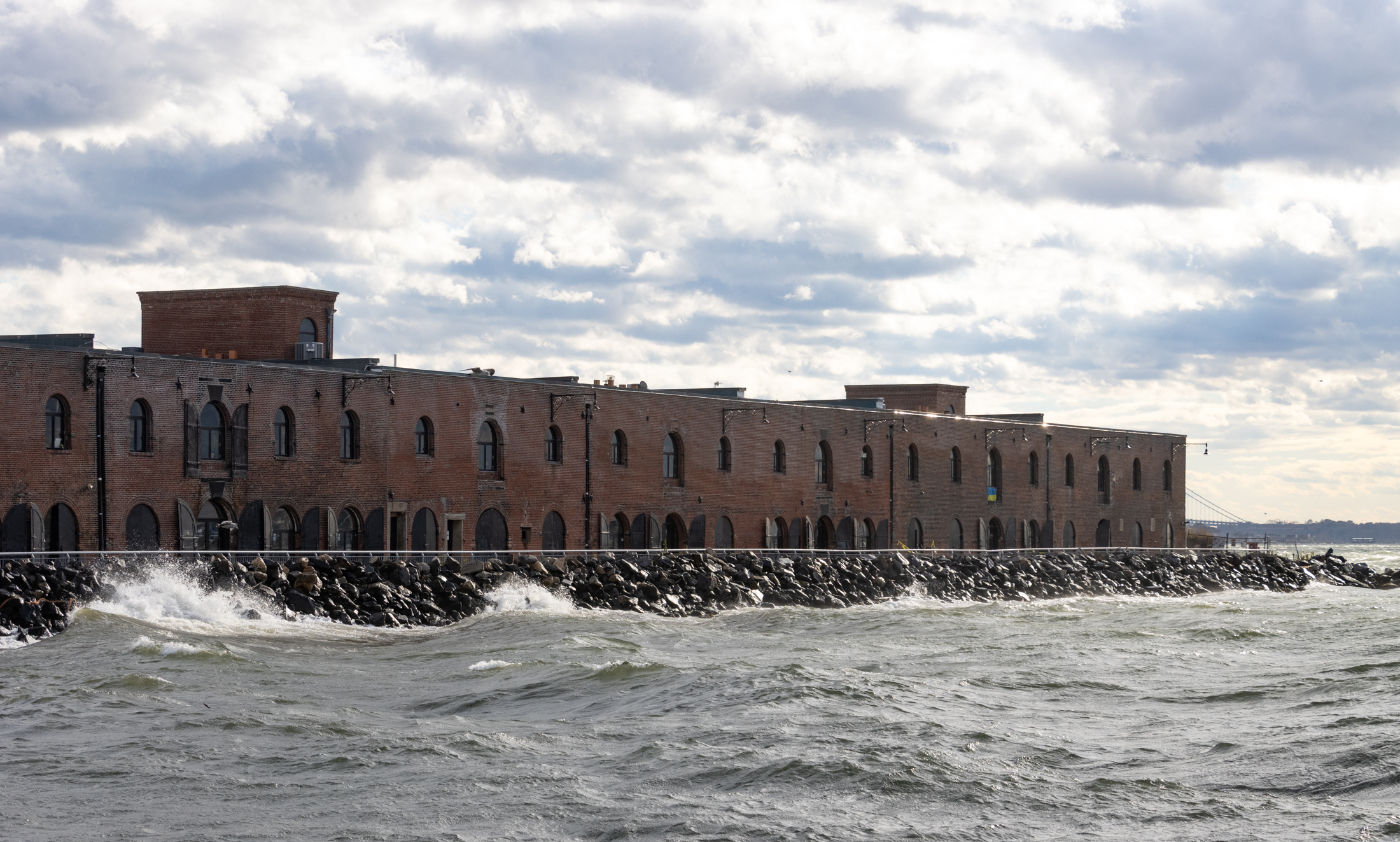Building of the Day: 73 Vanderbilt Avenue
Brooklyn, one building at a time. Name: Private House Address: 73 Vanderbilt Avenue, between Myrtle and Park Avenues Neighborhood: Wallabout Year Built: early 1830’s Architectural Style: Federal, with Greek Revival details Architect: Unknown Landmarked: Not yet, but hopefully soon, as part of the Wallabout Historic District. The story: The Wallabout neighborhood has the largest concentration…


Brooklyn, one building at a time.
Name: Private House
Address: 73 Vanderbilt Avenue, between Myrtle and Park Avenues
Neighborhood: Wallabout
Year Built: early 1830’s
Architectural Style: Federal, with Greek Revival details
Architect: Unknown
Landmarked: Not yet, but hopefully soon, as part of the Wallabout Historic District.
The story: The Wallabout neighborhood has the largest concentration of pre-Civil War frame houses in the entire city. I’d read that often, in regards to the neighborhood, but didn’t really understand what that really meant until a recent tour with architectural historian Andrew Dolkart. Because some of these small frame homes have been badly maintained, and the proximity of the BQE, and distance from any subway renders the neighborhood as relatively unworthy to the uninitiated, the impressiveness of this small neighborhood is often overlooked. It’s really a small town over here, with few touches of even the latter part of the 19th century. On Vanderbilt alone, the variety of styles and number of early frame houses is just amazing, and quite interesting. The Perris Map of 1855 shows a highly built up neighborhood in Wallabout, made up predominantly of these kinds of modest homes, along with some more substantial brick homes. The wealthier people were steered further up the Hill, especially on Clinton, where the air and the view was better. Down here, in the flatlands, the population was made up of people who worked for the expanding Navy Yard, in local industries, or in even in Manhattan, which was not such a long commute, being right by the harbor. Number 73 is one of the oldest houses on the block. It has been dated to the early 1830’s, as are several others. The same time many of the Federal style frame houses of northern Brooklyn Heights were going up, so were these. For Brooklyn, this is old stuff. This house is a classic Federal style clapboard house, with generous proportions, one of the larger houses of this style. It is classified style-wise, as a transitional house, as it has an original Federal style doorway, with side lights, but Greek Revival style window frames, attic windows and molding, perhaps a stylistic choice to modernize and keep up with current styles. It’s a fine house on a block that will someday be the heart of the Wallabout Historic District.








“Cornice envy”–yes!
In 2010 I spoke to the owner, who purchased in 1978. It had cast iron stoves, and she used nut coal for the first 12 years “very romantic,” she said, “except when you had to stoke it.” “It has wide board floors, I don’t see myself living anywhere else – I intend to die in this house.”
This block has some fantastic asphalt shingling.
Christopher
Wallabout is such a overlooked area in NYC. Thanks MM for giving this house and neighborhood it’s due attention…
one of the great things about a frame house is that you don’t have to deal with brown sandstone, one of the worst building materials ever quarried.
I’m in love with this house.
I biked past this place a couple of times last summer. Cute house on an eclectic street.
DIBS, I like this more than brownstones too but I’ll favor the brick construction of brownstones over wood frames
I’ve heard those distinctive Greek Revival window moldings referred to as “ears” because they are wider at the top than at the bottom. If the interior architraves have survived they have ears too.
Love this house, and used to drag the family down Vanderbilt Ave on almost any drive to see this one, and also it’s many cool neigbors on the same block.
I’ve also read quite often that the wallabout district has the most pre-civil-war frames, but I would bet if someone did the block research on Greenwood, you would find there are just as many, if not more, hiding behind their siding from the same era or earlier.